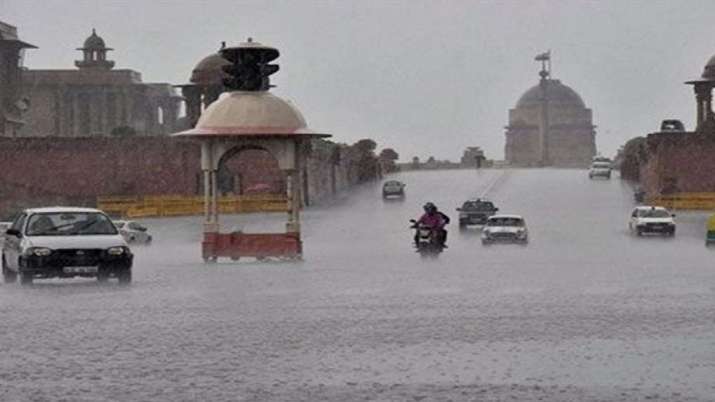
The construction work of the tunnel was started in March 2018 and was to be completed by September 2019. The facility was finally inaugurated after five deadlines.
Highlight
- A new drainage network of wider pipes and higher water discharge capacity was laid around the tunnel.
- Special attention has been paid to the waterproofing of the tunnel walls
- Tunnel will be closely monitored as around 100 cameras have been installed inside it
As Delhi gears up to welcome the monsoon in a few days, officials have put in place detailed plans to allay fears of waterlogging in the newly opened Pragati Maidan tunnel such as construction of an underground sump and storm surge during heavy rains. Installing an automatic pumping system to collect and remove water faster.
Prime Minister Narendra Modi on June 19 inaugurated the city’s first 1.3-km-long tunnel and five underpasses as part of the Pragati Maidan Integrated Transit Corridor project, aimed at connecting the eastern side of the city and central Delhi with the satellite towns of Noida. To make connectivity easy. and Ghaziabad.
Officials of the Public Works Department (PWD), the agency that built the tunnel, said that since the facility is located close to the Yamuna flood basin, a new drainage network of extensive pipes with high water discharge capacity has been placed there. “There is no need to worry about tunnel flooding as the facility has automatic pumps built in with underground pumps. This will allow rapid discharge of storm water in the event of heavy rain. In addition, temporary pumps will also be kept on standby mode so that they can be deployed immediately if needed.”
The tunnel allows commuters traveling from East Delhi, Noida and Ghaziabad to India Gate and other central Delhi areas to clear traffic jams at ITO, Mathura Road, Ring Road and Bhairon Marg. The official also said that special attention has been paid to the waterproofing of the walls to discourage any possibility of waterlogging and leakage in the tunnel.
He added that the geometry of the surrounding roads has also been improved so that the newly opened facility does not flood. The slope shield and the mouth of the drains have been designed in such a way that rain water does not accumulate in the tunnel or underpass, the official said.
For the past two years, during the monsoon season, many parts of the city were facing extensive water-logging. In July 2020, a 56-year-old man allegedly drowned when his mini truck sank in water under the Minto Bridge in central Delhi. In May this year, a 40-year-old man drowned in flood waters at Pul Prahladpur underpass.
Another PWD official said alarms would also be set up to inform the authorities about the floods in the tunnel. A network of wide and large chamber pipes with high water discharge capacity has been laid in and around the facility for quick evacuation of rain water. He said a strict vigil would be kept on the tunnel as around 100 CCTV cameras have been installed inside it.
The tunnel starts near the National Sports Complex of India (NSCI) on Purana Quila Road and passes under the redeveloped Pragati Maidan and ends at Ring Road near Pragati Power Station. The construction work of the tunnel was started in March 2018 and was to be completed by September 2019. The facility was finally inaugurated after meeting five deadlines.
Read also | Delhi: Monsoon is visible, chances of rain on Thursday
Read also | drop in temperature due to heavy rains; But leads to traffic jams, waterlogging in Delhi-NCR. photos